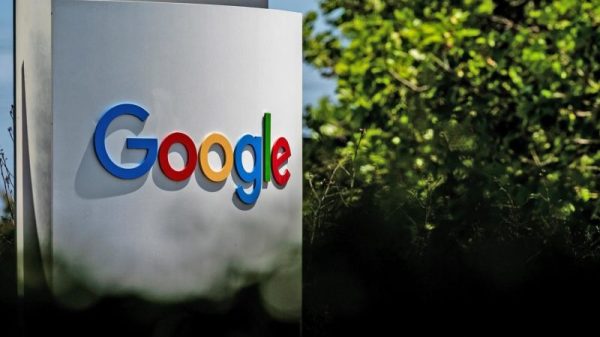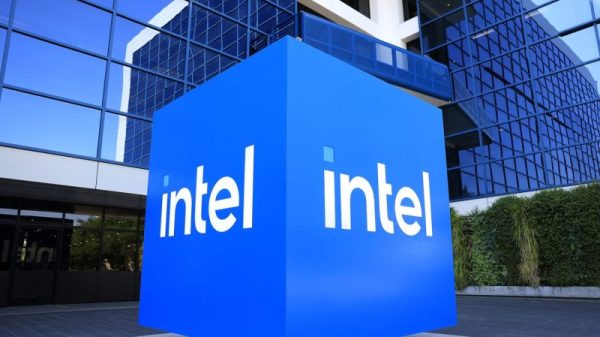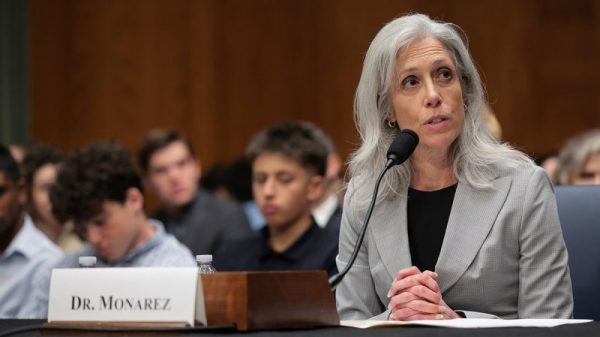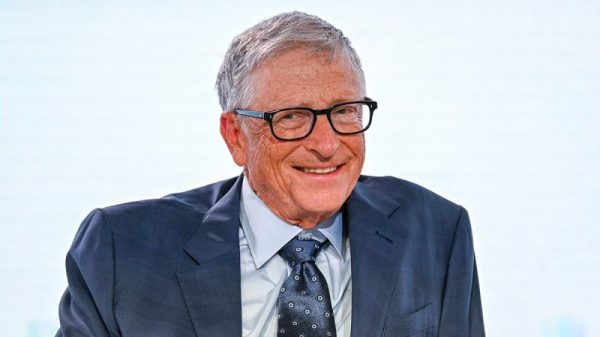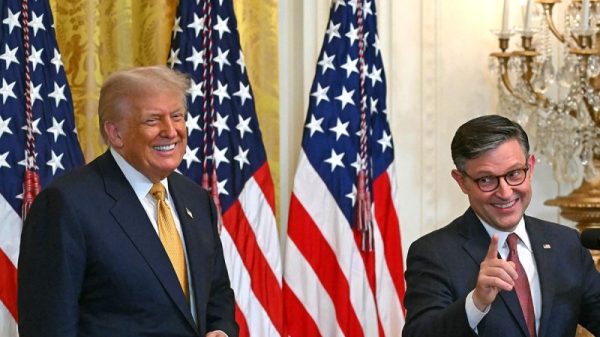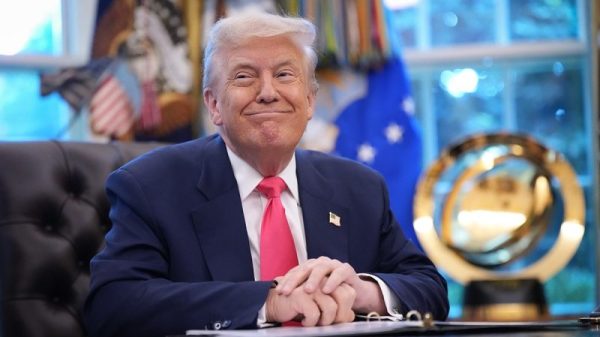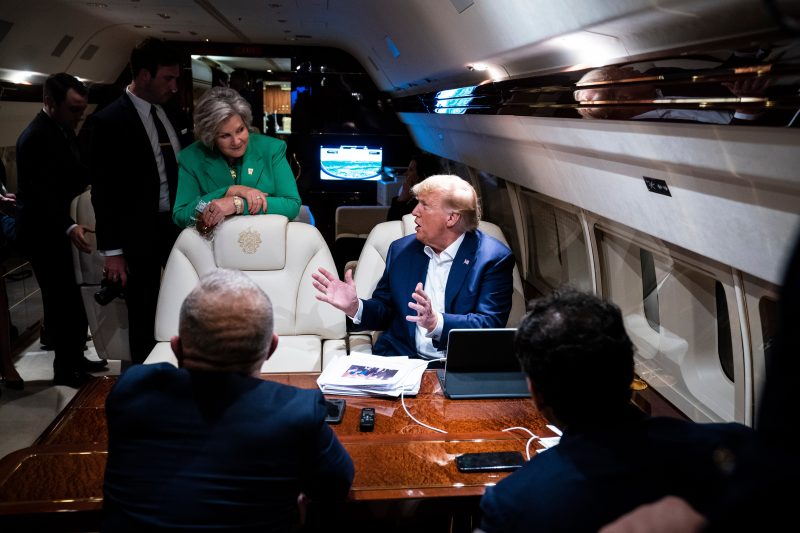In the realm of politics, promises are the currency of trust. Citizens look to their leaders to deliver on pledges made during campaigns, expecting to see real change and progress. However, promises unfulfilled can erode trust and credibility. This brings us to the tale of Donald Trump and his pledge to drain the swamp.
Eight years ago, then-candidate Trump stood before cheering crowds and made a bold promise to drain the swamp in Washington D.C. The swamp, a metaphor for corruption and self-serving practices within the government, was a rallying cry for Trump and his supporters. He vowed to rid the capital of the entrenched interests and restore power to the people.
Fast forward to the present, and the picture looks starkly different. Instead of draining the swamp, Trump finds himself swimming in it. The very issues he railed against, such as cronyism, conflicts of interest, and elitism, have plagued his own administration.
One of the key criticisms leveled against Trump is his penchant for appointing individuals with ties to the industries they are meant to regulate. From Scott Pruitt at the Environmental Protection Agency to Betsy DeVos at the Department of Education, Trump’s appointments have raised eyebrows and accusations of conflicts of interest. Instead of draining the swamp, Trump seems to have invited its denizens into positions of power.
Furthermore, Trump’s own business interests have come under scrutiny, with accusations of using the presidency for personal gain. The Trump International Hotel in D.C., in particular, has been a focal point for concerns about potential violations of the emoluments clause. Critics argue that by maintaining ownership of his businesses while in office, Trump has blurred the lines between his public duties and private interests.
Beyond individual appointees and business dealings, the broader culture within the Trump administration has also drawn criticism. Reports of ethical lapses, extravagant spending, and lack of transparency have fueled perceptions of a swamp that remains far from drained. The revolving door of personnel, the cozy relationships with lobbyists, and the emphasis on loyalty over competence have all contributed to a sense of disillusionment among Trump’s supporters and detractors alike.
In conclusion, the promise to drain the swamp was a powerful rallying cry that helped propel Donald Trump to the presidency. However, eight years later, the reality paints a different story. Instead of upending the status quo and ushering in a new era of accountability, Trump’s administration has been mired in the very swamp he vowed to drain. As the political landscape continues to evolve, the legacy of this unfulfilled promise will stand as a cautionary tale of the perils of political rhetoric unchecked by action.






